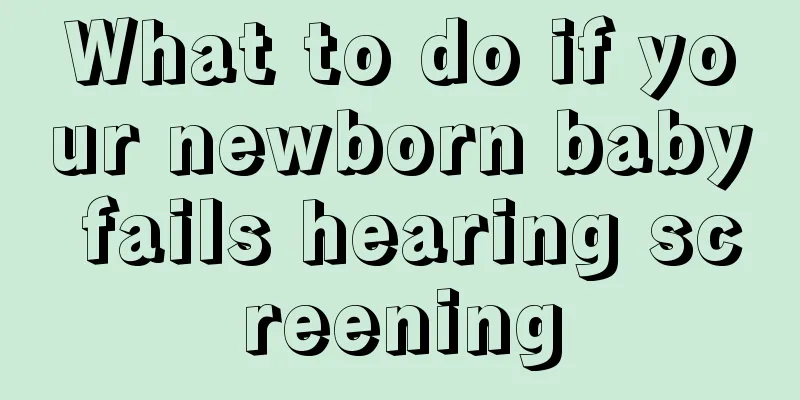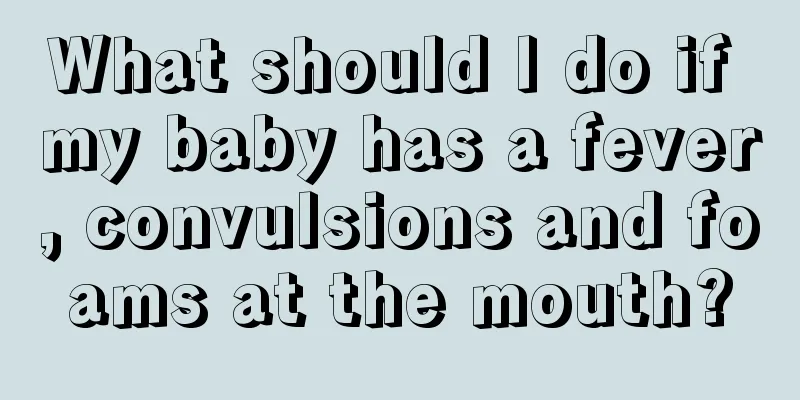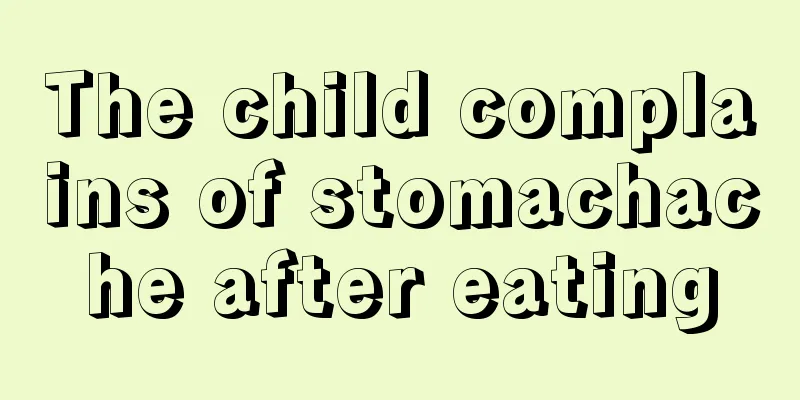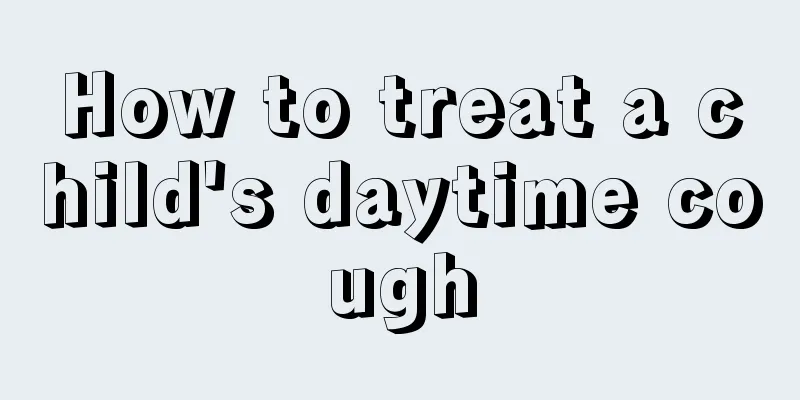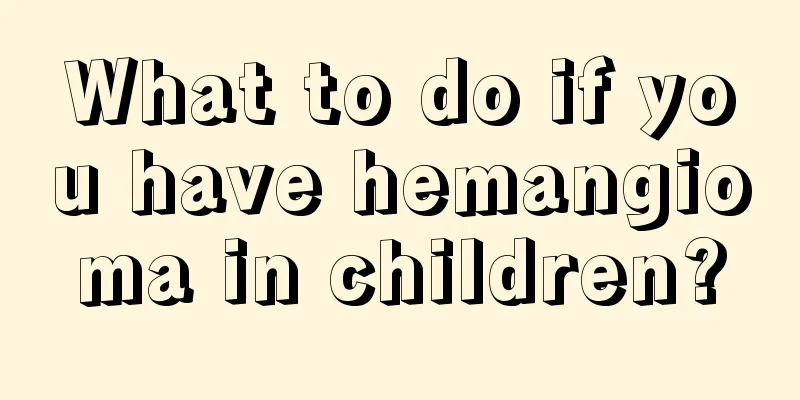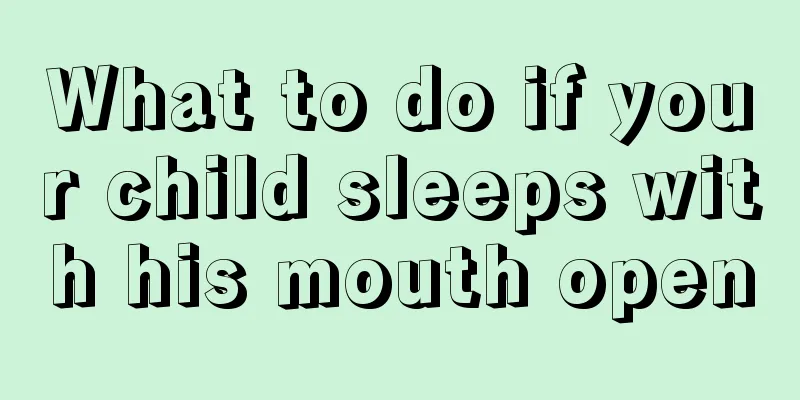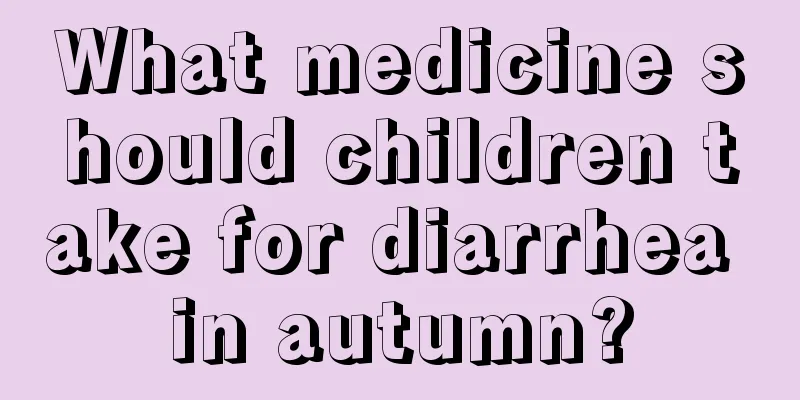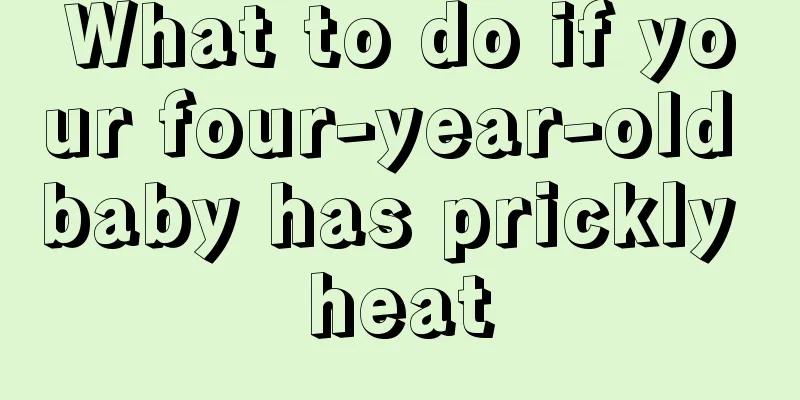What are the symptoms of facial paralysis in children
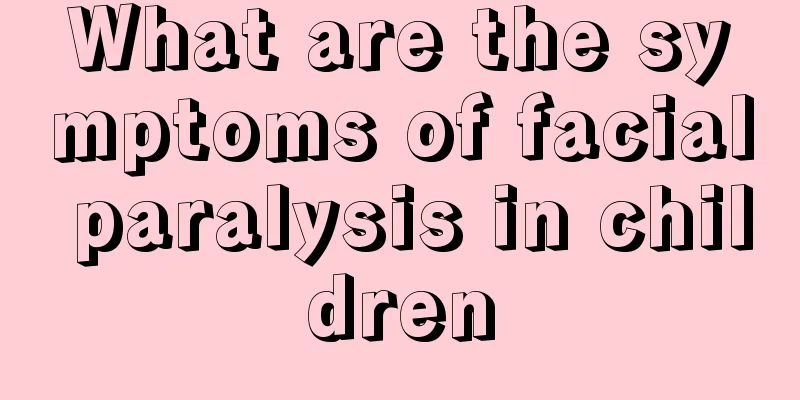
|
Facial paralysis is a common and frequently occurring disease that can occur in people of all ages. In recent years, the incidence of facial paralysis in children has also increased, which has a great impact on parents' psychology and children's health. What are the symptoms of facial palsy in children? 1. Facial paralysis in children is different from facial paralysis in adults. The special symptoms of facial paralysis in children are numbness of the tongue, inflexibility of one side of the face, inability to completely close the eyes on the inflexible side of the face, and inability to hold water in the mouth when rinsing the mouth or brushing the teeth. 2. The platysma muscle on the healthy side can contract, but the platysma muscle on the peripheral facial paralysis cannot contract. When speaking, the lip sounds are not clear. Because of the paralysis of the buccinator muscle, food is stored between the gums and the buccinator muscle, forcing the patient to take the food out. When facial paralysis occurs in children, sucking may be limited. In bilateral peripheral facial paralysis, the face has no expression, the bilateral forehead wrinkles disappear, the Bell's sign is positive, and the eyes cannot be closed. The bilateral nasolabial grooves become shallower, the lips cannot be closed tightly, water leaks from the corners of the mouth, food remains in the cheeks, and speech is slightly slurred when eating. 3. The acute facial paralysis that children usually suffer from is also called facial nerve paralysis. The special symptoms of this type of facial paralysis in children are caused by an allergic reaction after being infected by the cold virus, which damages the peripheral facial nerve on one side of the face. Doctors point out that facial paralysis is more common in spring and winter, but it can also be caused by improper use of air conditioning in summer. In addition, respiratory tract infections are common among children in summer, and most children with facial paralysis have had a cold before the onset of the disease. 4. Children with facial paralysis may have their eyeballs move upward when they close their eyes, exposing a scleral band at the lower edge of the cornea. When the patient closes his mouth, the buccinator muscles are relaxed, so the sail sign is positive and the corners of the mouth droop. The palpebral fissure becomes larger, eyebrow lifting is limited, forehead wrinkles disappear or become lighter, eyebrows are lower than the healthy side, tears sometimes overflow, and the inner corner of the eye is not sharp. The mouth is obliquely oval, and when smiling or showing teeth, the corners of the mouth are pulled toward the healthy side. |
<<: What does dental pit and fissure sealing mean?
>>: 4 things to keep in mind when taking sugar pills
Recommend
Can children's cough variant asthma be cured?
Cough variant asthma is a disease with a pathogen...
Why does the child drool all the time?
Children have no sense of independence and often ...
What should I do if my child has prostate hyperplasia?
Prostatic hyperplasia is a relatively common male...
What to do if your baby has measles
The period after a baby is born is the time when ...
What to do and how to treat a child's red face
Parents don't care much about their children&...
What is the reason for a four-month-old baby to have diarrhea?
Infant diarrhea is a very common disease, especia...
Baby poops after drinking breast milk
The excretion function of a newborn baby is very ...
Can sepsis in children be cured?
Sepsis is relatively common in clinical practice,...
What are the development indicators of a twelve-month-old baby?
Children's development has become a very conc...
What are the causes of febrile convulsions in children?
Nowadays, many children suffer from many diseases...
What are the dangers of picky eating in children?
A child's body is in an important period of g...
Three-year-old child walks unsteadily
We often see parents bringing their babies to see...
Traditional Chinese medicine treatment of hydrocele in children
The phenomenon of hydrocele in children is not un...
What are the benefits of children's electric toothbrushes
Nowadays, an ordinary toothbrush may be used for ...
Why does my 2-year-old baby have cavities?
Parents must have had this experience. The childr...


